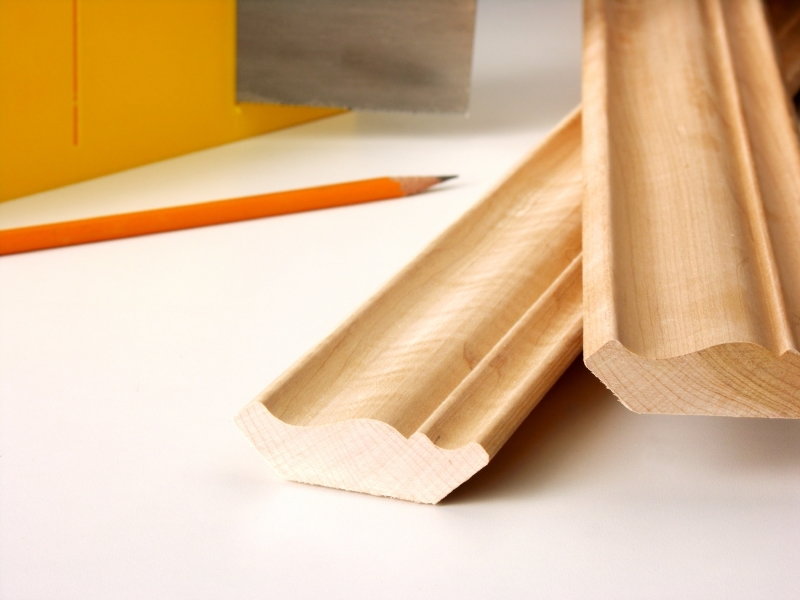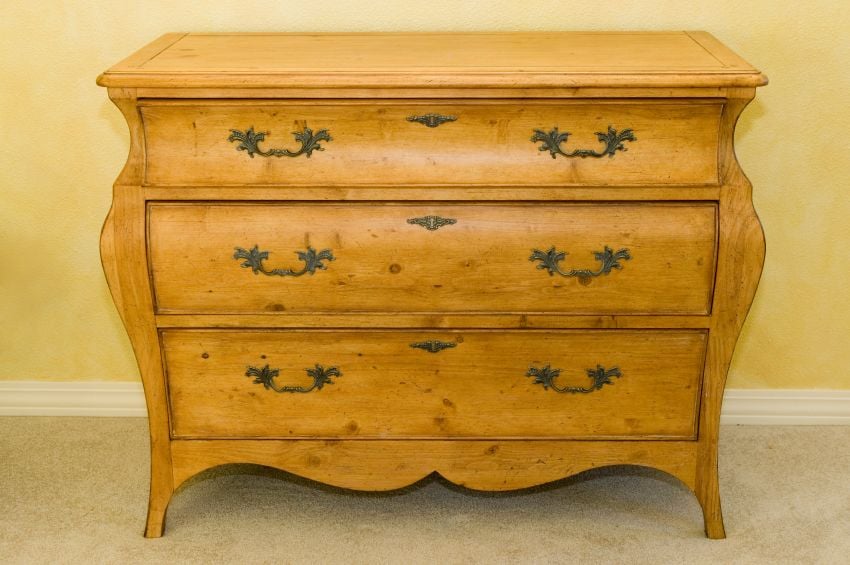How To Differentiate Between Carpenter Nails
Brad nails and finish nails are both used in carpentry, driven into the surface of woods materials using air compressor-powered smash guns. Most of the fourth dimension, brad nails are often called finish nails or finishing nails because their sizes exercise not actually differ that much from actual finishing nails. However, they are dissimilar types, a brad boom being the second-to-the-smallest smash that can be used in a nail gun. Information technology has a guess or thickness of 18 with a ane.22 mm bore, while finish nails have gauge numbers 15 and sixteen, with corresponding diameters of 1.63 to 1.83mm, respectively. With the differences in sizes and lengths come differences in their uses or functions.
Carpentry

Brad nails are generally used in trim carpentry, where the carpenter works on doors, casings, or moldings; finish nails are used in finish or detail carpentry, such as on cabinets and storage wood containers. This is because most brad nails have flat heads that can be seen on the forest while finish nails take heads that are barely noticeable and can only exist painted over to blend in. Finish nails usually are driven more strongly so that their heads are sunk or submerged into the woods to hide them from view.
Holding Woods Together
Brad nails are likewise used to set up woods in place or to agree two pieces together and may be removed carefully when the glue between the pieces dries. Finish nails, due to being "headless," are just used equally the final nails driven on detailed carpentry work.
Corner Spots and Key Areas
Many carpenters adopt to use brad nails for securing corners or near the corners of the wood. Brad nails are less likely to split the wood or harm the corners, with effectually a 70 to 80 percent probability, compared to finish nails which most e'er damage wood corners. This is because brad nails accept edgeless ends, while finish nails have more than pointed ends—making them easier to drive, and invariably making them split woods corners with the touch.
Projects

Other carpenters classify their use depending on the kind of projects they make because brad nails and finish nails differ in lengths and strengths. For modest projects like tacking plywood together or making smaller woodwork where the heads will not be a problem, utilize brad nails. For bigger projects like dressers or wardrobes or even outdoor woodwork, use terminate nails.
Difficult Forest and Soft Forest
Some carpenters use brad nails for softer woods since they are thinner, while others use them for harder woods. This but varies, over again, based on the carpenter and the project. Brad nails, though thinner with smaller bore than terminate nails, are also mostly shorter. The length of a brad nail varies from 5/8-inch to two inches while that of a finish boom ranges from v/viii-inch to two 1/2 inches. Finish nails are used for driving into harder materials, but they tin can exist used for soft materials simply because their heads will be thoroughly embedded and unnoticeable when painted over.
Source: https://www.doityourself.com/stry/the-functional-differences-between-brad-nails-and-finish-nails
Posted by: robinsonfirligned.blogspot.com

0 Response to "How To Differentiate Between Carpenter Nails"
Post a Comment